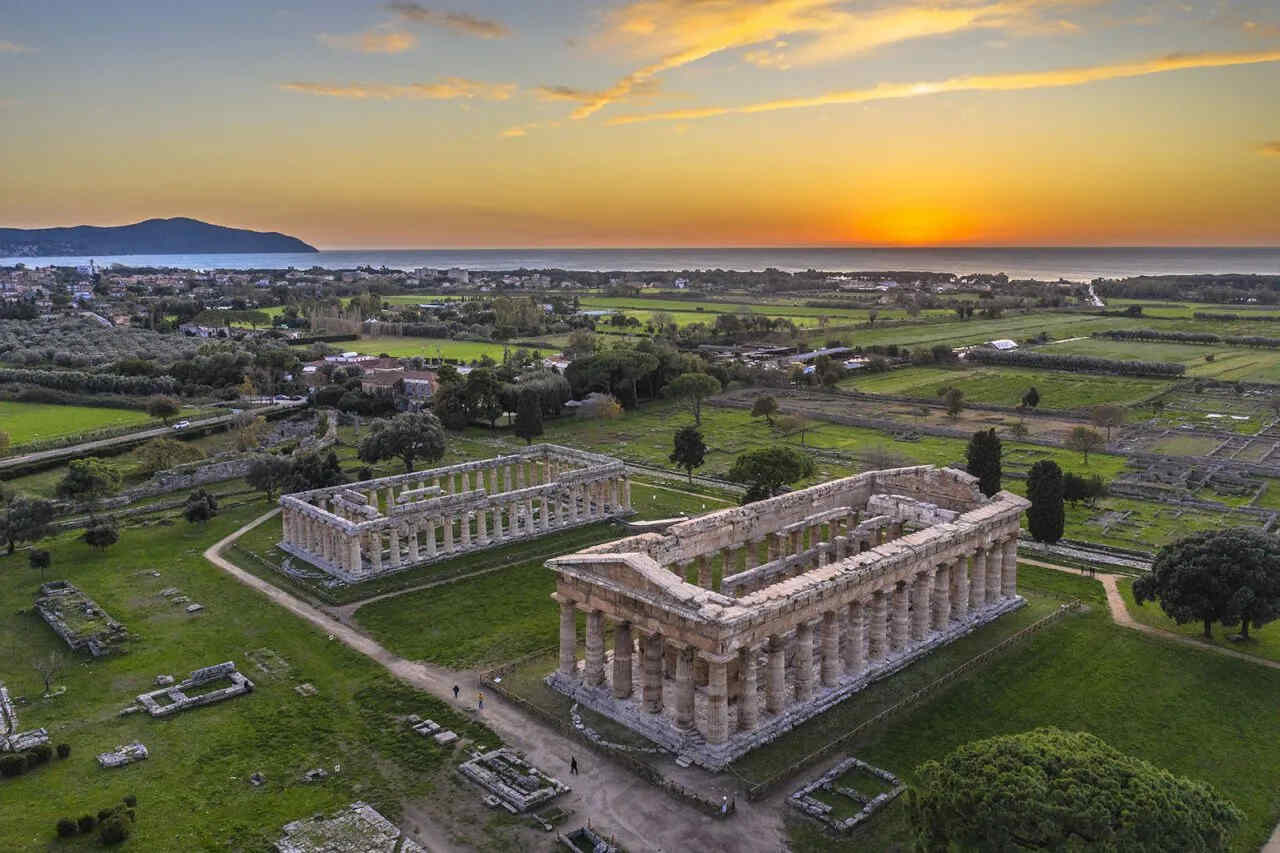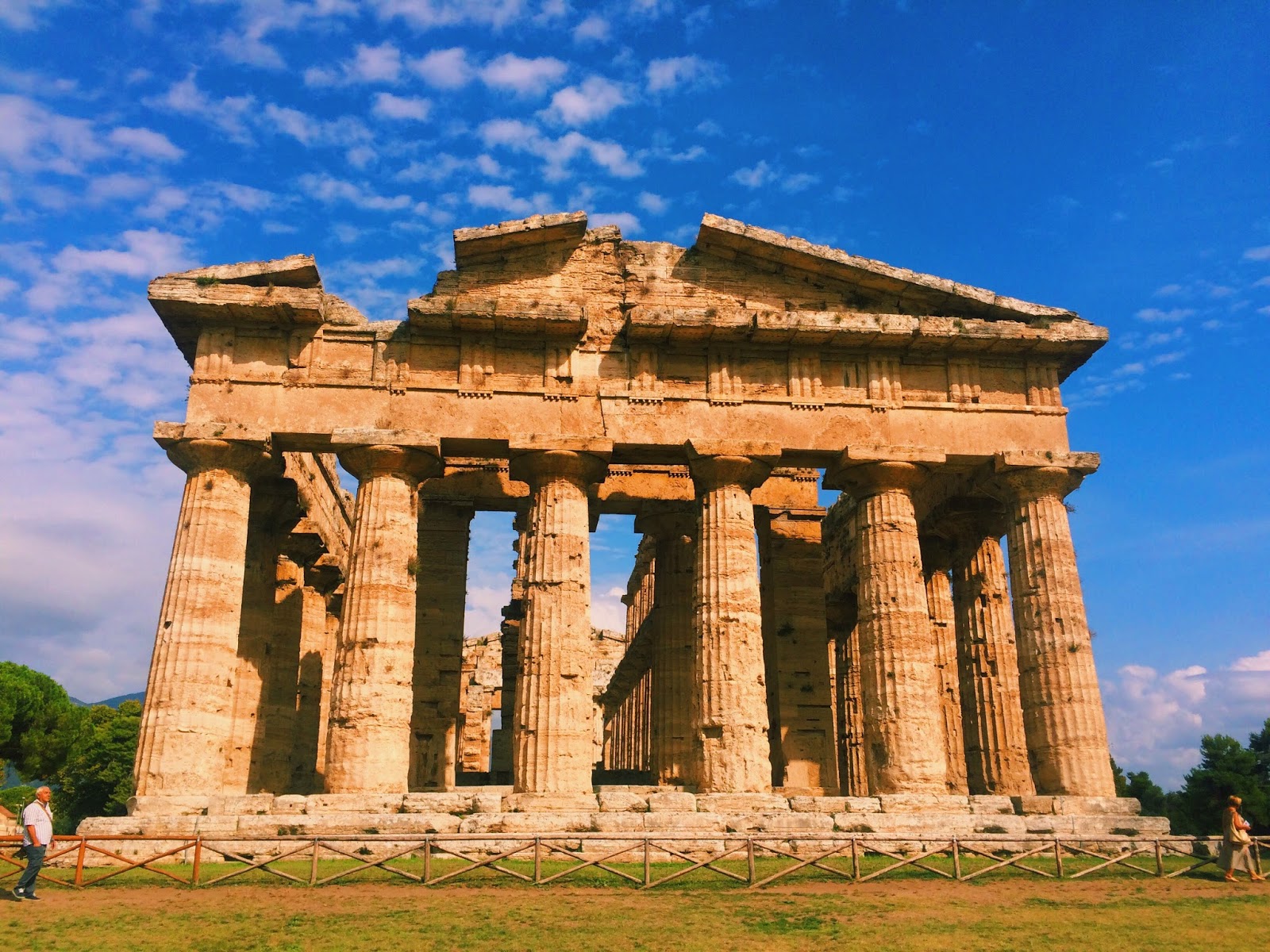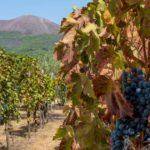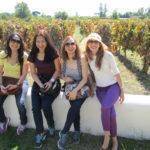Paestum is a truly enchanting and atmospheric place, and a ‘must’ on any classical tour of Italy. Just south of the Sorrento peninsula and Amalfi Coast, and a mile inland, this is a haunting archaeological site where three Greek temples stand in the middle of the countryside. Paestum is listed as a UNESCO World Heritage Site. The town of Poseidonia – later called Paestum – was built by Greek colonists from Sybaris, an earlier Greek city in southern Italy, in around 600BC. It grew and prospered and now has among the most extensive remains of Magna Graecia (Magna Grecia in Italian). In 410BC the town was conquered by the Lucanians, a native Italian people, then in 273BC the Romans took over, changed the name to Paestum and began their own building programme. As the Roman Empire collapsed, Paestum crumbled. Malaria and Saracen raids led to the near-abandonment of the town and the development of Capaccio, a safer hillside settlement.










